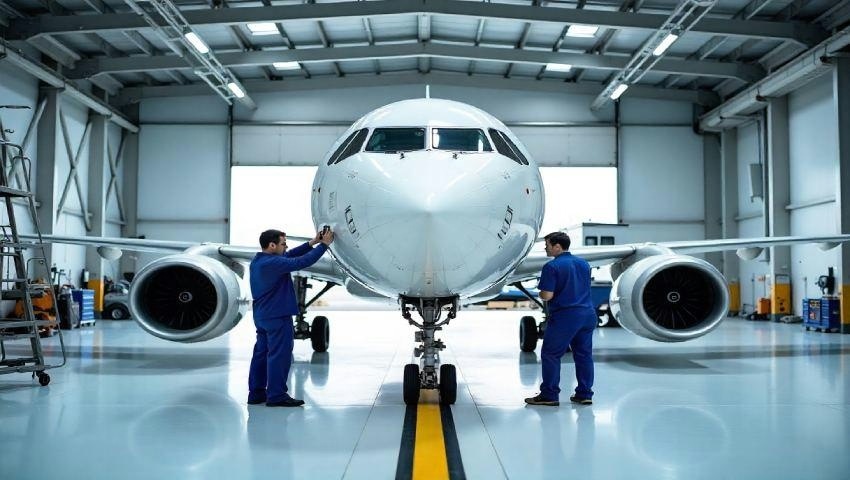
AeroGenie: il tuo copilota intelligente.
Tendenze
Categories
Thai Airways Selects Unilode Aviation Solutions for ULD Management
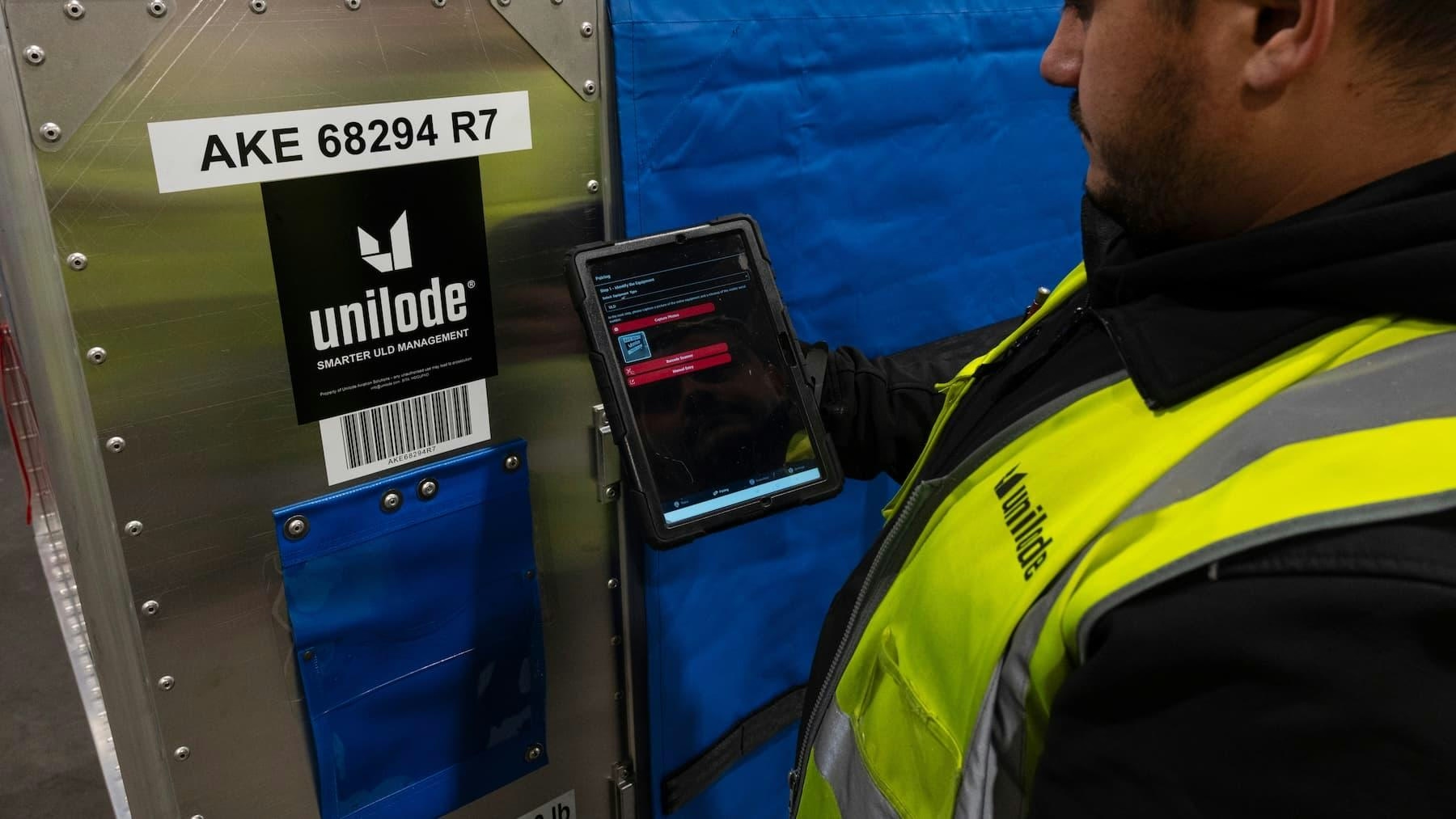
Thai Airways Selects Unilode Aviation Solutions for ULD Management
Strategic Partnership to Enhance Operational Efficiency and Sustainability
Thai Airways, the national carrier of Thailand, has appointed Unilode Aviation Solutions as its exclusive full-service provider for Unit Load Device (ULD) management, repair, and digital solutions. This collaboration marks a significant step in Thai Airways’ ongoing transformation, reinforcing its commitment to operational excellence, digital innovation, and sustainability as the airline navigates a period of business recovery.
The agreement aligns with Thai Airways’ ambitious five-year strategic plan, which focuses on operational efficiency, fleet renewal, and digital transformation. The airline aims to nearly double its fleet to approximately 150 aircraft by 2033 while expanding its footprint in key international markets. Under the partnership, Unilode will provide comprehensive ULD management, maintenance, repair, and digital tracking services across Thai Airways’ global network. These services are expected to optimize fleet utilization, reduce operational complexity, and enhance reliability for both passenger and cargo operations.
Financial Context and Industry Challenges
This collaboration comes at a critical juncture for Thai Airways, which has faced financial difficulties including a net loss in 2024 and ongoing restructuring expenses. Nevertheless, the airline’s improved balance sheet and efforts to reduce debt have positioned it for a return to profitability, with analysts projecting strong earnings in 2025 and 2026. The partnership with Unilode is anticipated to support these financial goals by streamlining operations and lowering costs, potentially bolstering market confidence amid a positive outlook for the airline’s normalized net profit.
Across the aviation industry, persistent supply chain disruptions are expected to cost airlines over $11 billion in 2025. In this challenging environment, innovative solutions such as ULD pooling and full-service management are increasingly vital. Thai Airways’ decision to collaborate with Unilode may provide a strategic advantage, while prompting competitors to explore similar efficiency and resilience-enhancing measures.
Commitment to Sustainability and Digital Innovation
Sustainability is a central pillar of the partnership. By sharing ULD assets through Unilode’s global network, Thai Airways can reduce the total number of units required, thereby minimizing raw material consumption, waste, and carbon emissions. Centralized repair and refurbishment services will extend the lifecycle of assets, supporting circular economy principles and responsible resource management. Unilode’s digital platforms will offer Thai Airways real-time visibility, improved asset utilization, and enhanced sustainability reporting capabilities.
Unilode’s Operations Control Centre in Bangkok, supported by a global team of over 800 ULD experts, will ensure responsive local service and customer support. The company has made significant investments in expanding its infrastructure, maintenance capabilities, and workforce training, enabling a more flexible asset pool and improved service reliability for airline partners worldwide.
Ross Marino, Chief Executive Officer of Unilode Aviation Solutions, stated, “We are delighted and proud to become Thai Airways’ full ULD management service provider. Our partnership will deliver measurable results, improving efficiency, bringing digital transformation, and supporting Thai Airways’ sustainability ambitions. This collaboration also reflects how Unilode’s continued investment in our people, infrastructure, and technology is strengthening our position as the trusted partner of choice for airlines globally.”
As the aviation sector increasingly prioritizes sustainability and operational efficiency, Thai Airways’ alliance with Unilode highlights its dedication to innovative, environmentally responsible solutions that integrate operational excellence with long-term growth objectives.

How StandardAero's (SARO) New MRO Deals Could Shape Its Role in Global Aviation
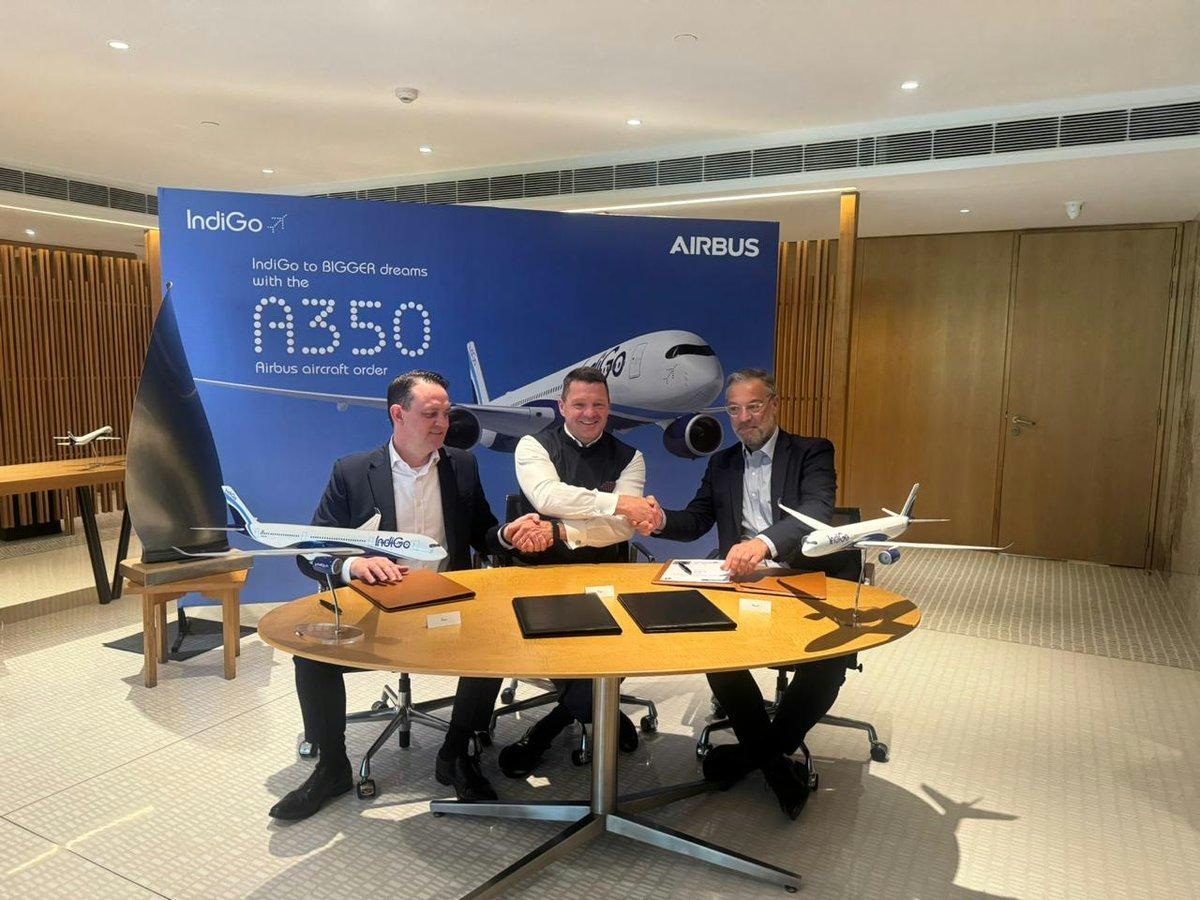
IndiGo Places Firm Order for 30 Airbus A350-900 Wide-Body Aircraft
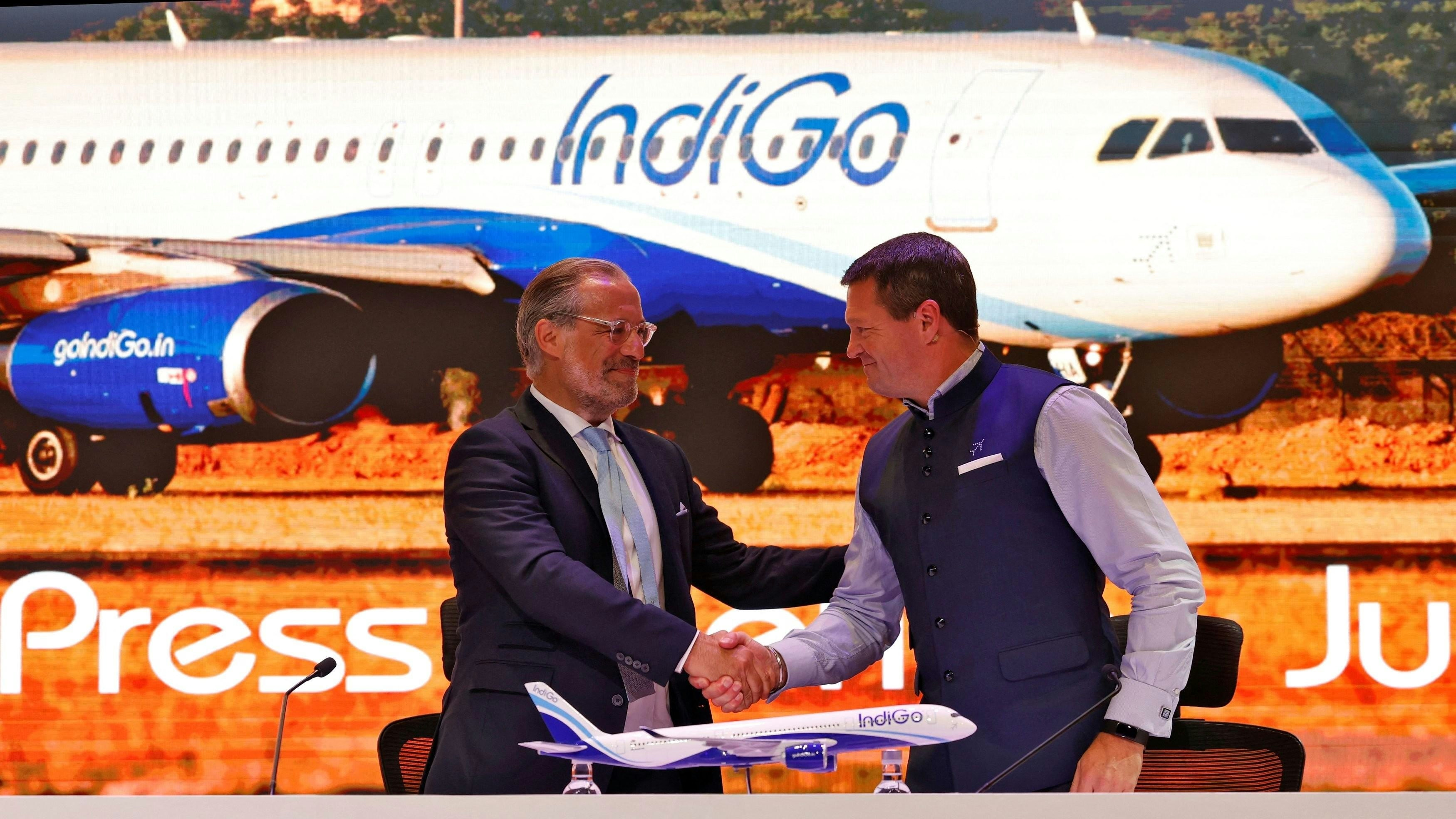
IndiGo Doubles Airbus A350 Order to 60 Aircraft
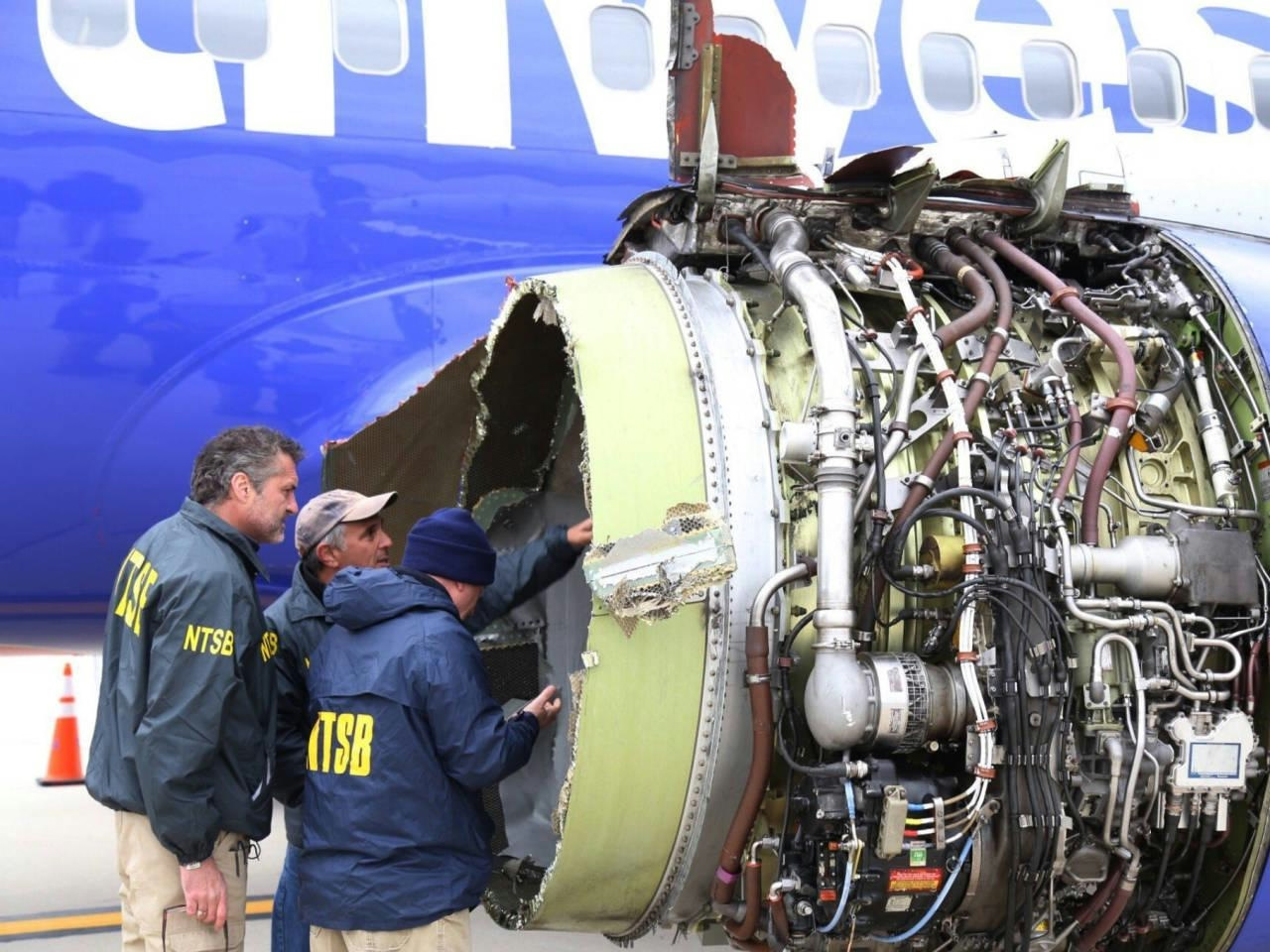
Airlines Ground 737s Following CFM56 Engine Failures
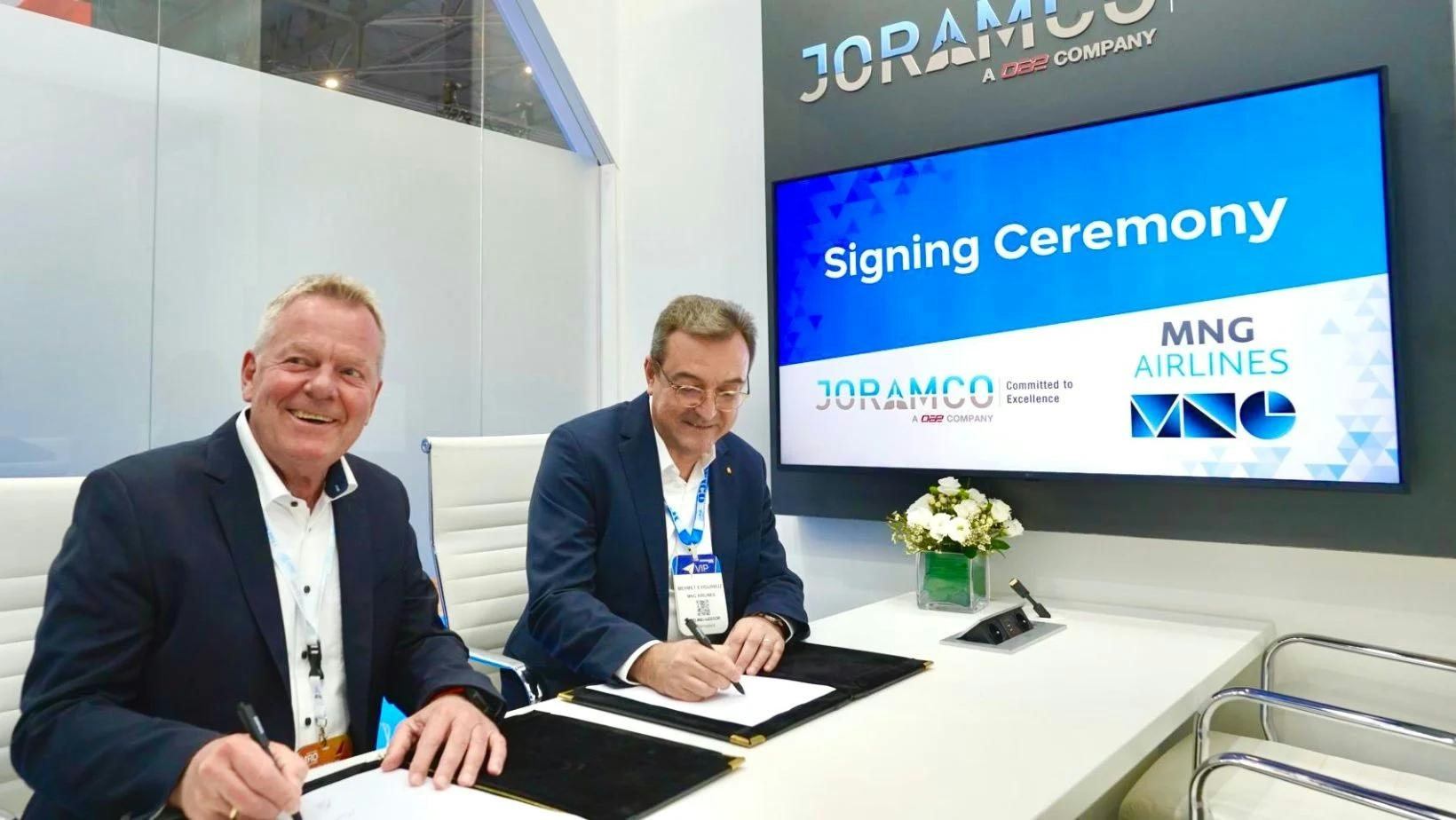
MRO Europe 2025: Joramco and MNG extend MRO partnership
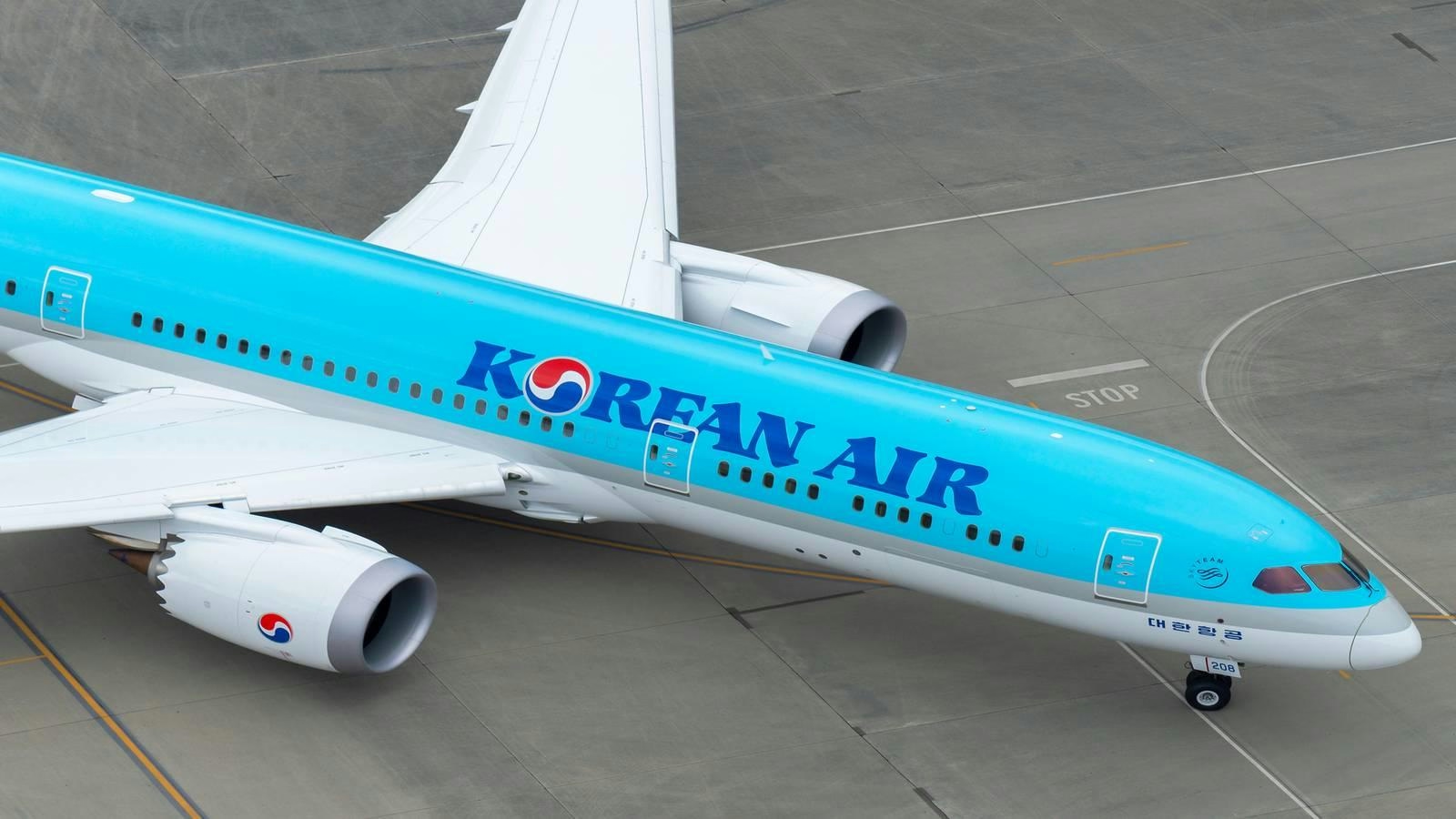
Korean Air to Enhance Airbus Predictive Maintenance at MRO Europe 2025
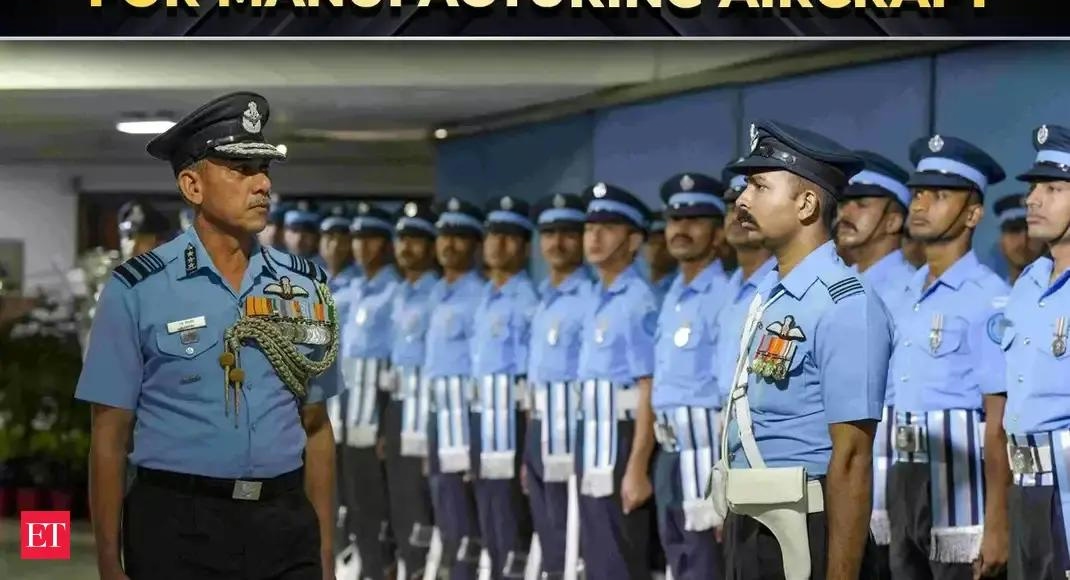
IAF Vice Chief Highlights Training Youth for Aircraft and Tech Manufacturing Roles
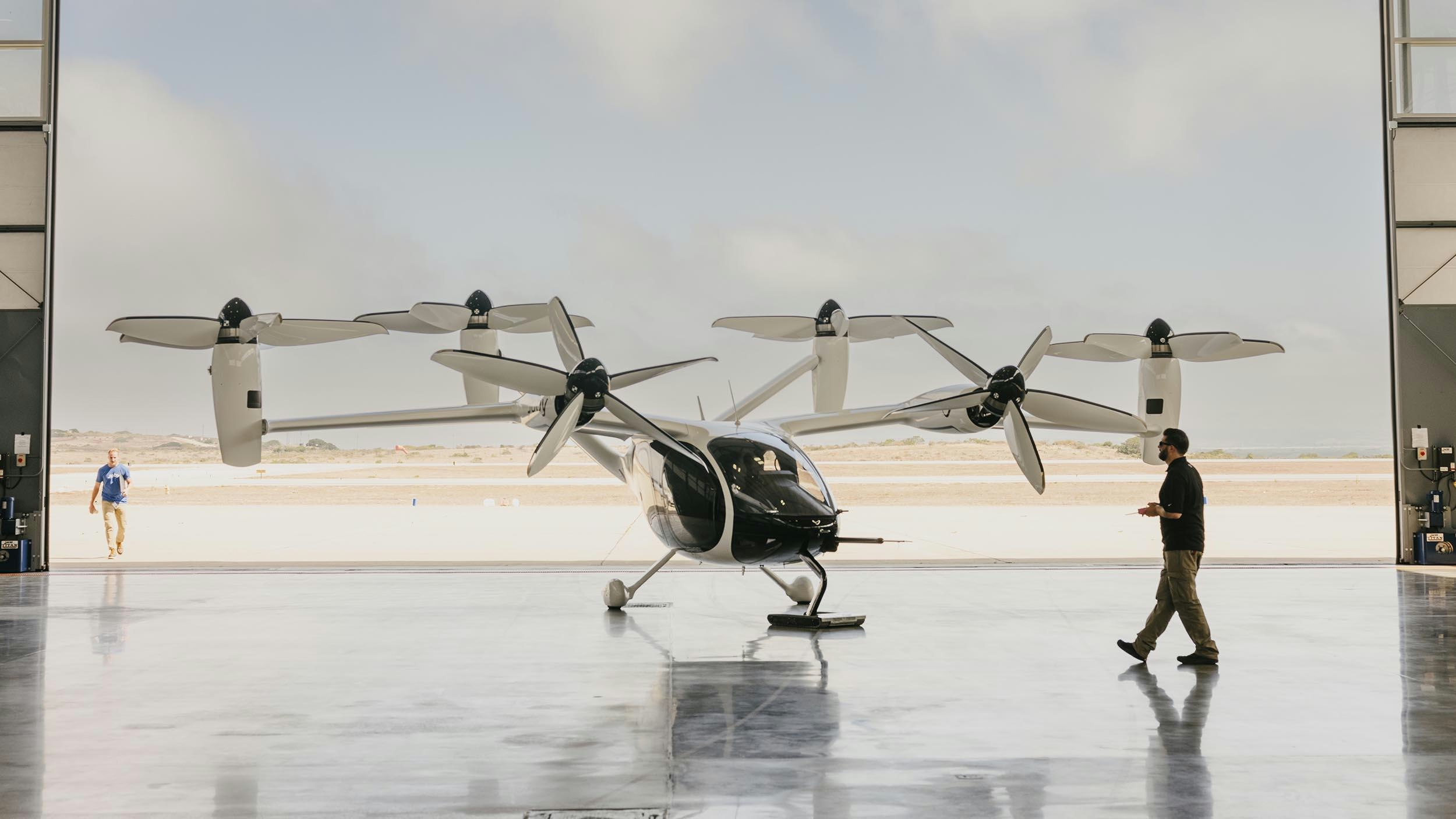
Flying Taxis Near Reality but Face Key Challenges
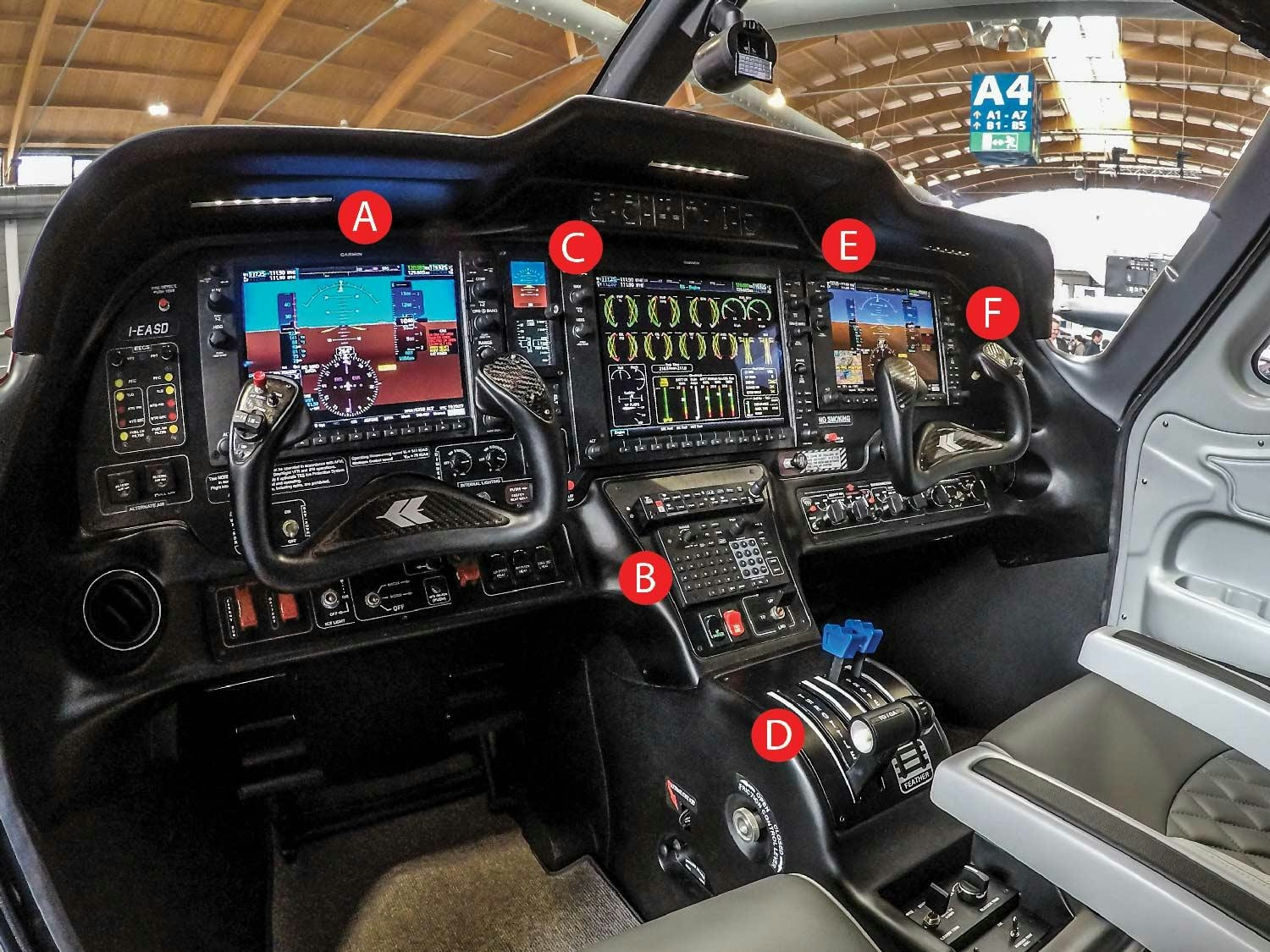
Tecnam Names Avionics 2000 as Authorized P2012 Service Center
